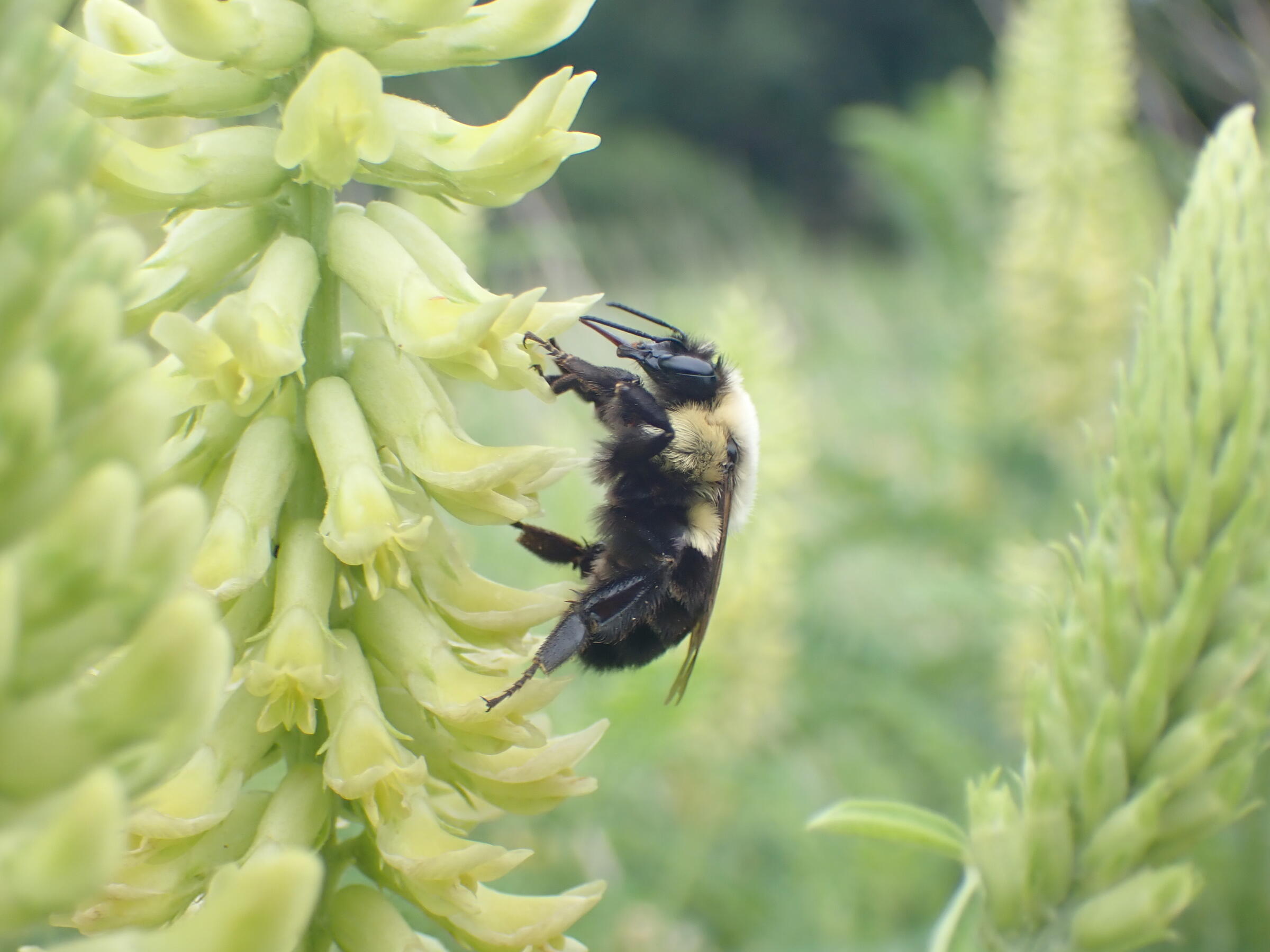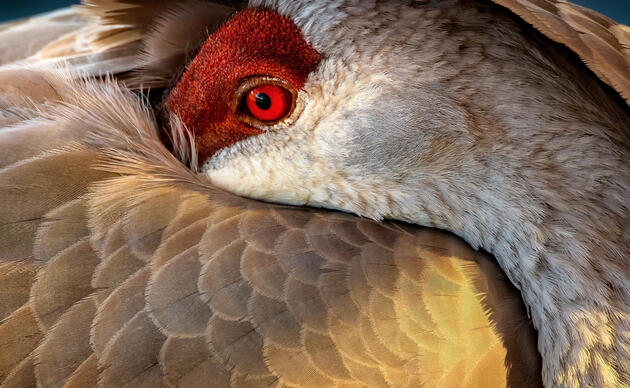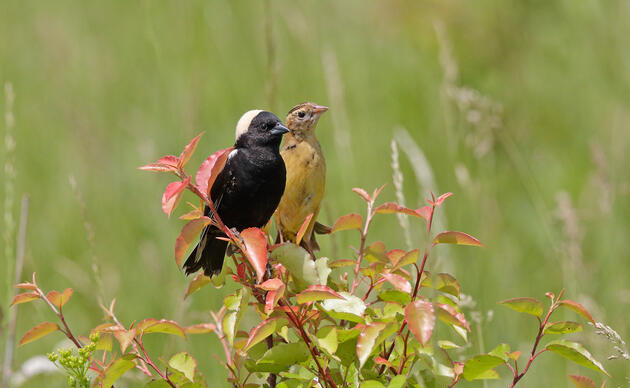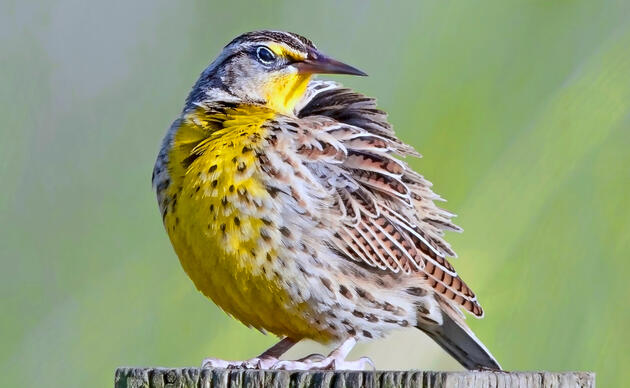With your help, we can spread out across the Dakotas to collect scientific-quality data and contribute to bumble bee conservation. Our efforts will help conservation biologists, restoration practitioners, and policy makers do a better job protecting, restoring, and managing effective habitat across North and South Dakota’s diverse landscape.
The Great Plains Bumble Bee Atlas is a regional community science project that engages folks to help track and conserve native bumble bees. Bumble bees are charismatic and easily recognizable pollinators thanks to their large size, loud buzz, and distinctive color patterns. They play an incredibly important role in sustaining the health of our environment by pollinating flowers in natural and urban areas, and by contributing to successful harvests on farms. The Dakotas are home to ~29 bumble bee species, many of which need our help.
In North America, nearly one quarter of the ~50 bumble bee species are experiencing decline and are at risk of extinction. The causes of these declines are not fully understood, but the following are likely at fault: habitat loss, pesticide use, climate change, low genetic diversity, and the introduction and distribution of pathogens through commercial pollinators. Regardless of the ultimate cause of decline, protecting and managing existing habitat, or creating new habitat, are some of the most immediate and productive steps that can be taken to conserve bumble bees. Understanding what habitats are most important, and where to protect or restore them, is where the Bumble Bee Atlas will provide essential information.
The Great Plains Bumble Bee Atlas hosts educational workshops that provide the skills and knowledge needed to participate–from understanding bumble bee ecology and species identification to swinging a net and photographing bees–so volunteers walk away with the confidence to conduct their own, non-lethal, surveys. Training videos and a participant handbook are available online so you can learn at your own pace, and in-person events are held in the summer. Volunteers are asked to conduct at least two 45-minute surveys anytime between June-September, and surveys can take place anywhere there is permission to do so. Survey findings are then submitted to BumbleBeeWatch.org, a platform similar to eBird, that houses the largest dataset of bumble bee observations across the U.S. and Canada.
The Atlas launched last May and had a fantastic first season. Nearly 130 community scientists observed 2,000 bumble bees of at least 20 species, and recorded bumble bees on 87 different plants! In gearing up for the 2023 season, set to begin in June, the Atlas is hoping to expand their network of volunteers—so grab a friend, a net, and join the Great Plains Bumble Bee Atlas!
The Atlas is coordinated by the Xerces Society for Invertebrate Conservation with support from the U.S. Fish and Wildlife Service. To learn more about the Great Plains Bumble Bee Atlas and sign up for our 2023 workshops, visit www.BumbleBeeAtlas.org.
Katie Lamke
Conservation Biologist
Xerces Society




